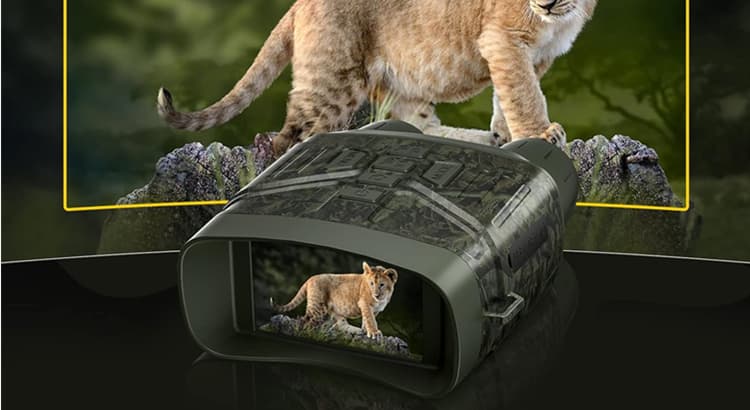Night vision devices have revolutionized our ability to explore the nocturnal world, revealing the mysteries hidden in the darkness. Among the considerations when choosing night vision optics, a central question arises: What magnification is best for night vision?
In this exploration, we delve into the dynamics of magnification in night vision devices, considering factors such as application, field of view, and the balance between detail and visibility.
Understanding Night Vision Magnification
Magnification in night vision devices plays a crucial role in determining how close or enlarged the observed objects appear.
Unlike daytime optics, the goal of night vision is often to enhance visibility rather than achieve high magnification.
Field of View Considerations
A higher magnification level narrows the field of view, potentially making it challenging to observe moving objects or scan large areas.
Choosing an appropriate magnification involves striking a balance between detail and the extent of the observed scene.
Applications and Intended Use
Stargazing vs. Surveillance:The best magnification for night vision depends on the intended use.
For stargazing or observing celestial bodies, lower magnifications (e.g., 3x to 5x) are often preferred to capture a broader portion of the night sky.
In contrast, surveillance or wildlife observation might benefit from moderate magnifications (e.g., 7x to 10x) for a balance between detail and coverage.
Light Gathering and Image Brightness
Higher magnifications can diminish the amount of light reaching the viewer’s eyes, potentially affecting the brightness of the image.
In low-light conditions, maintaining a balance between magnification and image brightness is crucial for a clear and discernible view.
Motion and Stability
Higher magnifications amplify hand movements, making it challenging to maintain a steady image. Image stability is particularly important in night vision scenarios, and users must consider the impact of magnification on their ability to observe objects without unwanted motion.
Generation of Night Vision Devices
The generation of night vision devices can influence the impact of magnification. Higher generations, such as Gen 2 and Gen 3, may handle higher magnifications more effectively, providing clearer images with reduced noise.
Infrared Capabilities
In scenarios of total darkness, the incorporation of infrared (IR) illumination becomes significant.
Night vision devices with built-in IR illuminators can enhance visibility, potentially compensating for higher magnifications in situations where ambient light is scarce.
Real-World Testing and User Feedback
Ultimately, the effectiveness of magnification in night vision is best assessed through real-world testing and user feedback.
Understanding how a specific magnification level performs in the intended environment and application is crucial for making informed decisions.
Conclusion
In conclusion, determining the best magnification for night vision involves striking a balance between application, field of view, and image brightness.
Whether for celestial observation, surveillance, or wildlife exploration, users should carefully assess their specific needs and preferences to select the magnification that enhances their nocturnal experience.
As night vision technology continues to advance, users can expect further refinements in magnification capabilities, offering a tailored approach to observing the shadows and unlocking the secrets concealed in the dark.





